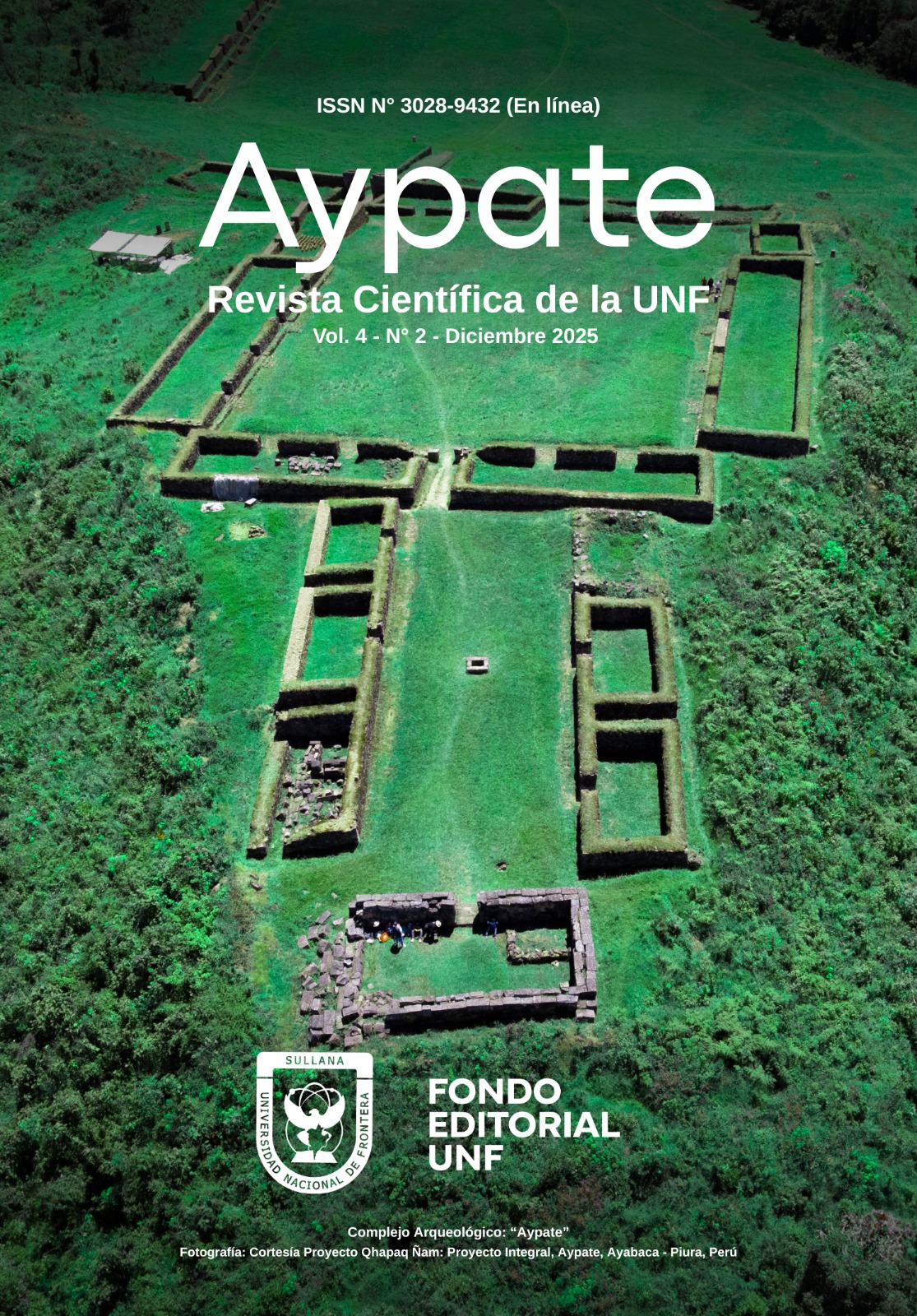Caracterización de la economía informal ambulatoria en el centro de la ciudad de Piura Julio del 2024
DOI:
https://doi.org/10.57063/ricay.v4i2.165Keywords:
Informal economy, New Economic Geography, Informal CommerceAbstract
This research aimed to analyze the structure and characteristics of the informal street vendor economy operating in the downtown area of Piura city in July 2024. A quantitative methodology with a non-experimental, applied design was used. The research subject was the downtown area of Piura, following the principles of new economic geography. The techniques and instruments employed were surveys and observation, and the data was processed and systematized using the most current version of the free Office suite. The informal street labor factor, comprised of Peruvian workers, stands out and actively participates in the economy throughout the year. The informal street economic agents were classified into two categories: "Informal Street Trade," a commercial activity that involves the sale and purchase of various products lacking or having insufficient formal mechanisms in legislation or practice, which takes place in public areas, with a capital not exceeding six monthly UITs (Peruvian Tax Units), and without the capacity to generate other income or labor ties with their suppliers; and "Informal Street Services," which consists of economic activities performed for other people, offering services that generate some benefit for the client, without adequate formal mechanisms, carried out in public areas, with capital not exceeding six monthly UITs, and without the capacity to generate other income or labor ties with their buyers and suppliers. The informal street vendor economy in Piura represents a significant and active sector within the local economy, with specific characteristics and limitations that require attention and possible interventions to improve working conditions and subsequent formalization.
Downloads
References
Castillo, Urco C. Mancheno, Saá M y Gamboa Salinas J. (2020). Panorama socioeconómico de los emprendedores de la economía informal de la ciudad de Ambato-Ecuador. CIENCIA UNEMI. DOI: https://doi.org/10.29076/issn.2528-7737vol13iss33.2020pp47-58p
Carranco, Paredes S. F. (2018). La economía informal en Ecuador. Innova Research Journal. DOI: https://doi.org/10.33890/innova.v3.n9.2018.624
Chemes, J. M. Etchevarría, M. (2018). Economía y comercio informal. XIII Jornadas de investigación.
Gottlieb, J. (2022). How Economic Informality Constrains Demand for Programmatic Policy. American Journal of Political Science. DOI: https://doi.org/10.1111/ajps.12746
Hernández, Yépez. LBasante, López, S. (2022). Emprendimiento y empleo informal, un incentivo para la economía. Travesía Emprendedora 6(1) 52-54. DOI: https://doi.org/10.31948/travesiaemprendedora.vol6-1.art08
Instituto Nacional de Estadística e Informática del Perú (INEI). (2019). Producción y empleo informal en el Perú. Cuenta Satélite de la Economía Informal 2007 – 2019. INEI Lima – Perú.
Krugman, P. (1992). Geografía y comercio. Antoni Bosch, Barcelona, España.
Krugman, P. y Obstfeld, M. (1995). Economía internacional: teoría y política. Mc Graw Hill, España.
Krugman, P. (1997). Desarrollo, geografía y teoría económica. Antoni Bosch, Barcelona, España
Mart, P. D. Infante, R. Mart, D. (2020). La informalidad en la visión de la OIT : evolución y perspectivas para América Latina Reflexiones sobre el trabajo. OIT Santiago.
Organización Internacional del Trabajo, OIT. (2014). Transición de la economía informal a la formal. Conferencia Internacional del Trabajo, 103ª sesión.
Samaniego, N. (2007). El crecimiento explosivo de la economía informal. Economía UNAM.
Referencias bibliográficas nacionales:
Boitano, G. Abanto, D. F. (2019). The informal economy and its impact on tax revenues and economic growth. The case of Peru, Latin America and OECD countries (1995 – 2016). 360 Revista de Ciencias de la Gestión. DOI: https://doi.org/10.18800/360gestion.201904.005
Choy Zevallos, E. Montes, Farro E. (2011). Informality in the economic and tax evasion of taxes in Perú. Quipukamayoc Magazine of the Faculty of Accounting Sciences Informality in the economic sectors. Lima Peru.
Espinoza, O. C. (2019). Factores determinantes en la economía informal del Perú. Universidad Nacional Toribio Rodríguez de Mendoza de Amazonas.
Hernando de Soto. Manuel Mora y Araujo. Manfred, Max-Neef. Cristián, Larroulet y Víctor, Tokman. (1987). Sector informal, economía popular y mercados abiertos – Mesa Redonda. Centro de Estudios Públicos.
Hernando de Soto. Enrique, Ghersi. Mario, Ghibellini. Instituto de la Libertad y Democracia. (1986). El otro sendero, la revolución informal. Editorial el Barranco.
Machado, R. (2014). La economía informal en el Perú: magnitud y determinantes (1980-2011). Apuntes: Revista de Ciencias Sociales, 41(74), 197–233 DOI: https://doi.org/10.21678/apuntes.74.707
Paulino, Barragan Arque. (2005). Magnitud de la economía informal en el Perú y el mundo. Gestión en el Tercer Milenio, Rev. de Investigación de la Facultad de Ciencias Administrativas, UNMSM (Vol. 7, N.º 14, Lima. DOI: https://doi.org/10.15381/gtm.v7i14.9791
















